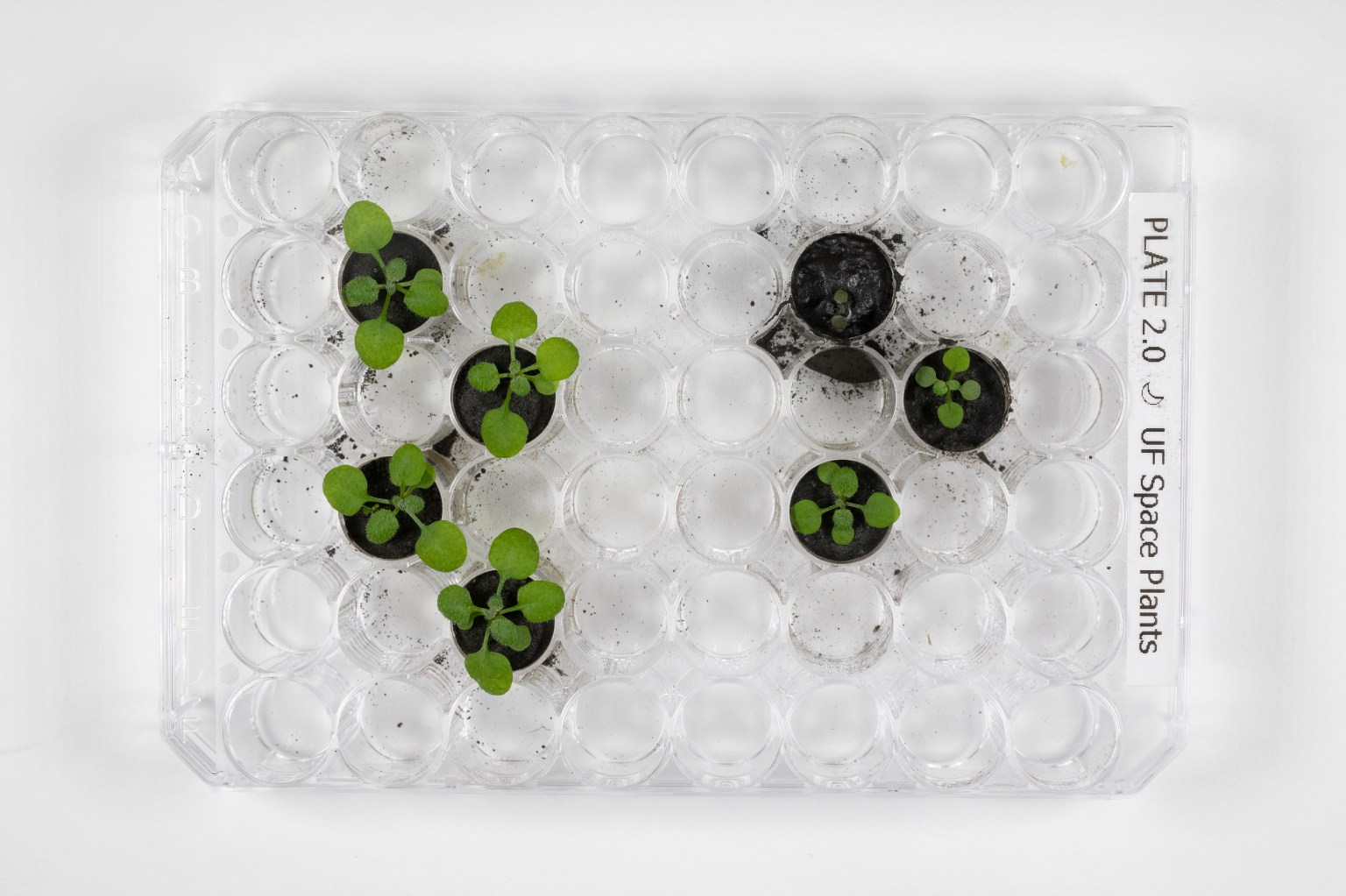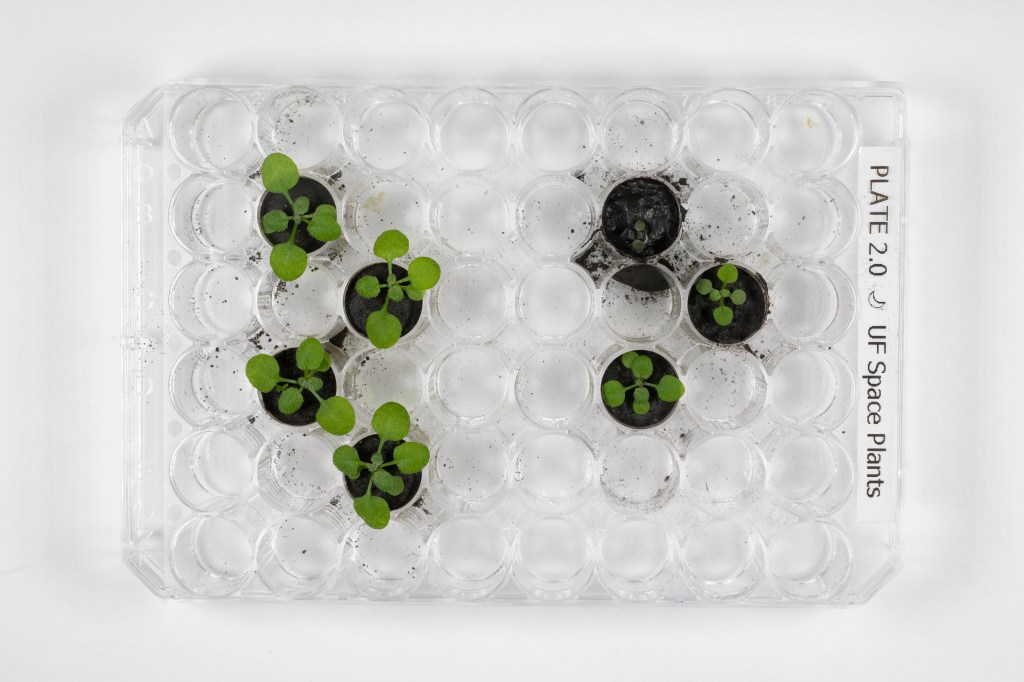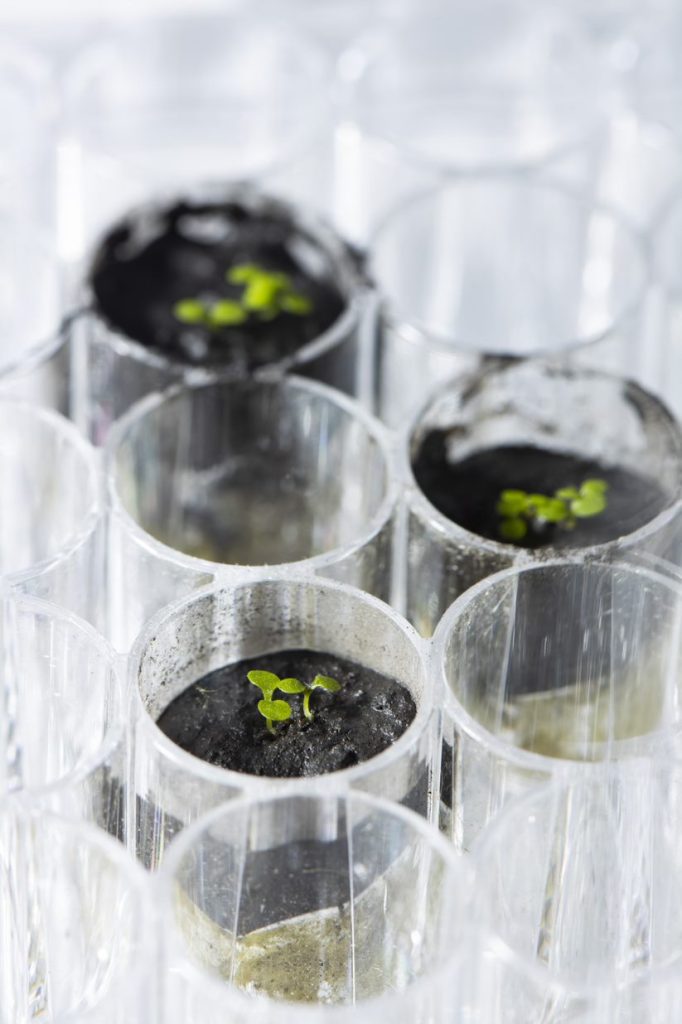
Biological Systems on the Moon
We’re studying the extreme lunar environment to determine its effects on biological systems.
The understanding of how biological systems and processes are impacted by the lunar environment is extremely limited, with many key knowledge gaps existing in areas of physiological change, response, acclimation, and adaptation. Biological research investigations are focused on studying the impacts of this unique extreme environment on the lunar surface and in orbit. The principal environmental factors of the Moon that are associated with effects on biology include solar and galactic cosmic radiations, lunar albedo radiation, one-sixth gravity, and lunar dust and regolith. Studies will focus on characterize physiological changes within individual organs and combined physiological systems and discovering the root causes and underlying biochemical and molecular biological pathways and networks responsible for the observed biological effects.
To conduct detailed, deep biological analyses that cannot be conducted on humans, space biosciences use model organisms and in vitro physiological systems of human biology. The data from these studies will advance fundamental knowledge and translate to understanding human health in the extreme space exploration environment beyond low Earth orbit. To understand plant physiology, a combination of crop plants and traditional genetic models of plants are used to build knowledge that will lead to sustainable agriculture on the Moon and beyond to Mars.


































